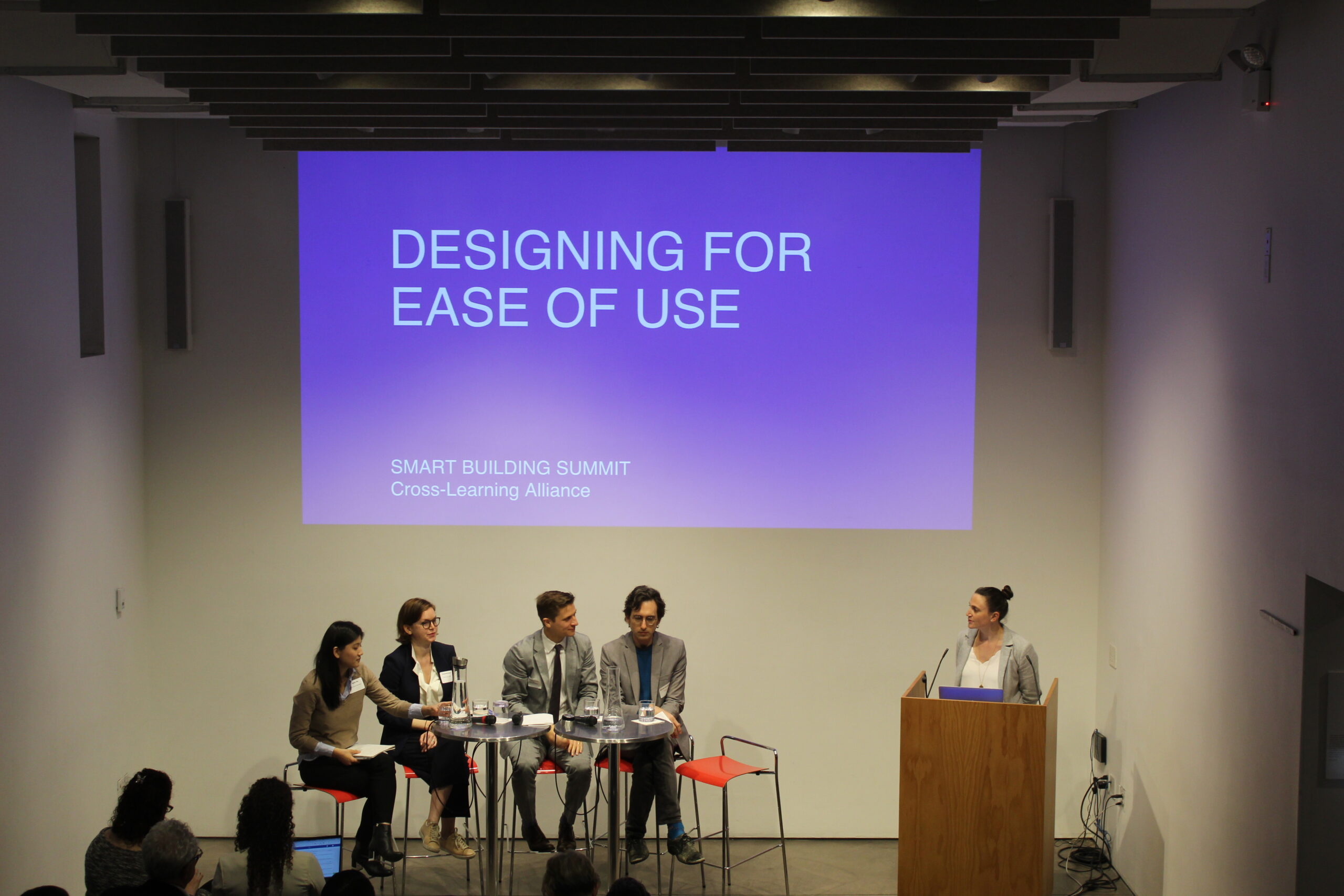Original publication by Urban Green Council • November 18, 2020
As we adapt to the evolving regulations of COVID-19, we must continue to prioritize health, safety and wellbeing.
In October of 2020, the Cross-Learning Alliance hosted Adapting to COVID: Building Operations, the second installment of a three-part virtual speaker series to share building protocols and interventions to facilitate safe workplace re-openings.
This event was moderated by Tony Tsang, Chapter President of ASHRAE, who was joined by facilities team members from both the health and corporate worlds to discuss maintenance strategies that worked, preparations for the coming months and long-term changes to building operations practices as a result of the pandemic.
Lessons learned
Since the onset of the COVID-19 pandemic, building operations managers have modified their safety protocols to meet or surpass New York State safety standards. This process required close inspection of current systems and flexibility by both administration and staff.
Emily Gove (BMS), conducted a deep dive into the disinfectants the janitorial team relied on and swiftly transitioned to new products as a result of her research. Additionally, she established a staggered entry system and maximum occupancy for smaller spaces, which required new signage and continuous communication with staff members.
Similarly, John Gilbert (Rudin Management Company) created safety protocols grounded in meticulous research and effective communication. “We had a fairly simple, three-pronged strategy,” Gilbert said. “First, we wanted to protect employees and customers. Second, we knew we had to lead through communication. As Emily said, the ability to communicate in a Covid world is vastly different than before. Embracing digital communication strategies is hugely important to making any of this work. The final leg of our strategy was to leverage the data we were already collecting, whether it was occupancy data, indoor air quality data, temperature and humidity data or lobby condition information.”
Approaches to safe reopenings were similar in the healthcare sector. “It all comes down to communication, constant sanitizing of the facility and shifting your staff so you can operate in a socially distanced environment,” said Jonathan Cogswell (Northwell Health). These principles can be applied to all workplaces looking to transition safely to in-person operations.
Looking forward
As flu season and cold weather are upon us, Tsang noted that businesses should prioritize communication and extensive preparation. This preparation includes reconceptualizing common spaces such as lobbies, procuring PPE for staff and frequently disinfecting high touch points. All three speakers shared that these procedural changes are likely not temporary, but rather part of a larger shift in how shared spaces will operate.
Long-term success requires work by facilities management combined with individual responsibility by staff. The speakers shared pragmatic plans for reopening, including daily exposure questionnaires and contactless entrance technology, while also emphasizing the fundamental idea of personal accountability.
“There are two sides to safety,” explained Cogswell. “We have a responsibility to create a safe environment for our employees to work in. But equally important is constant communication and education about personal responsibility. We constantly remind staff to wear masks and limit exposure to large groups. Everyone is a part of this. The onus falls on all of us.”
Further Reading
Balancing health and energy during COVID-19 (w/ Dr. Joe Allen)
Dr. Joseph Allen dives into the false choice between health and energy in the COVID-19 pandemic.
How a global pandemic shifted NYC’s energy use
NYC site energy use and carbon emissions both decreased in 2020.
